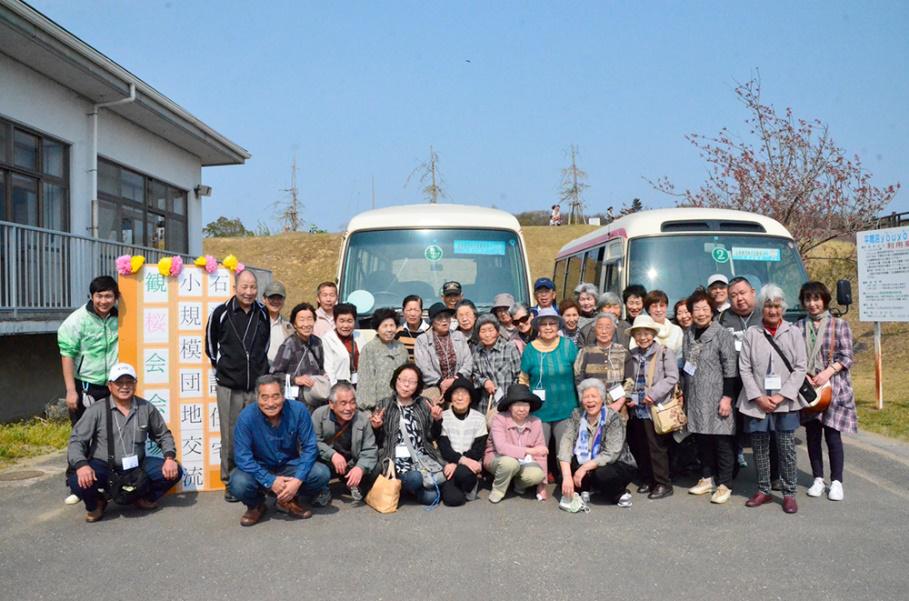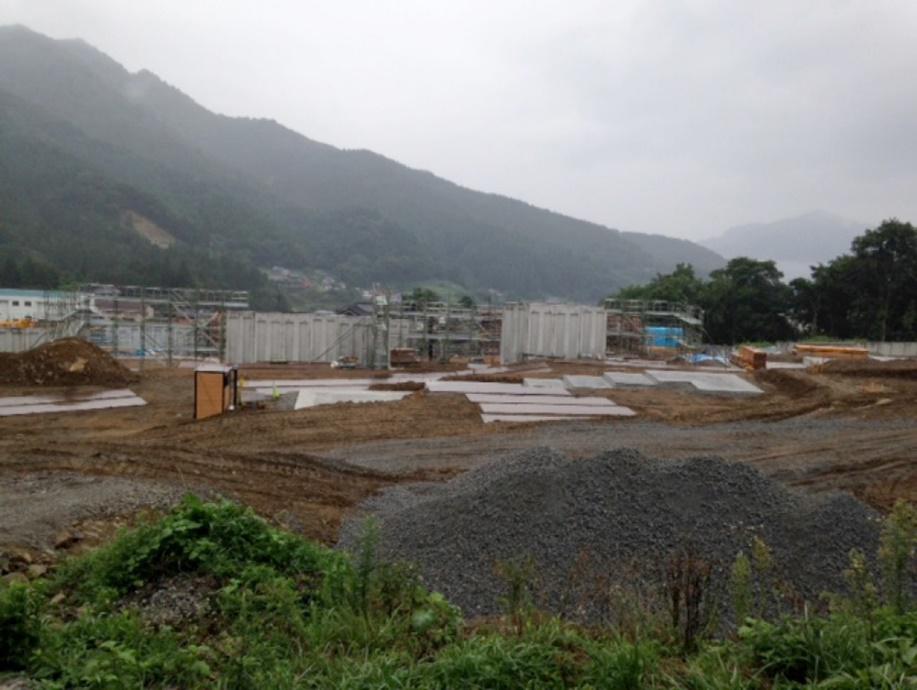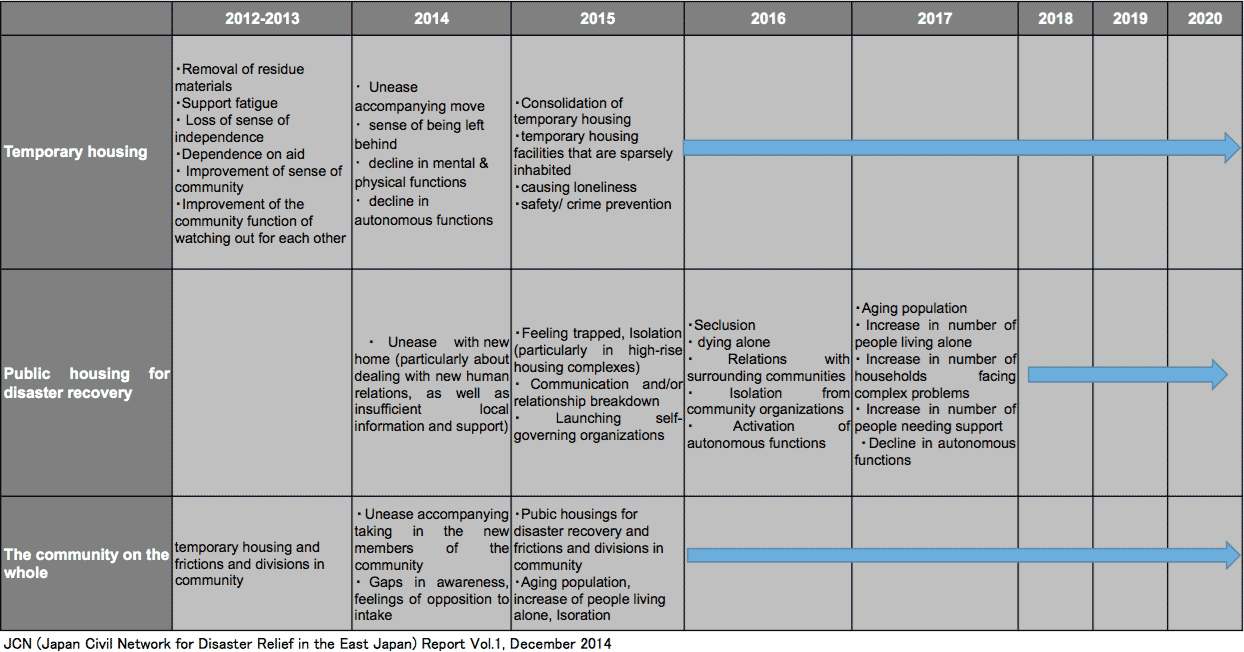Community Formation During the Transition to Permanent Housing JCN Report
Posted on October 01, 2015
JCN Report
Understanding the State of Tohoku Today to Support Recovery Efforts throughout the Country
It has been over three and a half years since the Great East Japan Earthquake disaster, and people from the affected areas are now moving from temporary housing facilities to new dwellings. This period of migration, from a temporary state of living to a more permanent home, is a time when the many problems that go hand in hand with a change in living environment tend to manifest. What is happening on the ground right now? What tools can we offer to assist? Based on information acquired through public hearings at the various affected areas, we look into the current state of the affected communities and the problems they are confronting, and consider what their futures hold.
After the earthquake disaster on March 11, 2011, the local ways of life, cultures and communities of the affected areas of Tohoku were dispersed by the earthquake, tsunami, radiation, and government policies. Geographical and psychological rifts also developed between residents, and even families, who had for years been living side-by-side: between those living in temporary housing and those evacuated from their homes, those wanting to rebuild on-site and those who wanted to move inland or to higher ground, and those who wanted to remain in the prefecture and those who wanted to evacuate or migrate to another, for example. The awareness of this problem has served as a starting point since March 2011 for many people to engage in support activities and become involved in “community formation” (in the wider sense of the word).
Moving homes
Over three years have passed since the Great East Japan Earthquake, and the people affected by the disaster face a time of major transition in their lives. The construction of public housing for disaster recovery has begun throughout the affected area, and many people are preparing to move from the temporary housing facilities where they had lived for so long into either public housing or rebuilt homes. They are shifting from a temporary state of living to a permanent one.
 Local gathering of residents in temporary housing (Toyoma City, Miyagi)
Local gathering of residents in temporary housing (Toyoma City, Miyagi)
A test for the community
To prepare for the transition, community organizations, local governments[A1] , social welfare councils, and nonprofit and nongovernmental organizations engaged in support activities in the affected areas have been running study sessions, training seminars and meetings on the topic “Community Formation during the Transition to Permanent Housing.” This is being done because past experiences such as the Great Hanshin Earthquake and Chuetsu Earthquake suggest that this transition is not a simple end to the difficulties of living for years in temporary housing. It is said that the toughest issues confronted during this period are “the collapse of community functions and complications in problems faced by individuals.” This suggests a decline in the function of the community as a place where people help one another, giving rise to a situation where individuals must face their problems alone, and this gradually brings hardship to their lives.
Future Issues
As the time to transition to permanent housing approaches, there is concern over the following issues based on local activities that have been conducted so far as well as past experiences such as those of the Great Hanshin Earthquake.
 The land for disaster relief group housing, where 30 households plan to relocate after construction is complete (Ofunato City, Iwate)
The land for disaster relief group housing, where 30 households plan to relocate after construction is complete (Ofunato City, Iwate)
1. Rebuilding communities and establishing bonds
People face the task of building communities and new relationships after having spent the past two or three years in temporary housing, in surroundings that have since become familiar to them. Their ability to welcome each other and build new relationships will be of great importance in dealing with various issues in their new communities such as managing neighborhood associations, adapting to the new surroundings, forging relationships with the older members of the community, and creating spaces for consensus building. When living in local communities, it is important to create opportunities that will allow people to look after each other in times of trouble and form friendships through activities and hobbies.
2. Caring for the poor
As the number of people moving from temporary housing facilities rises, groups of people unable to secure proper housing will become more apparent. How will we look after these people, such as those living in places equivalent to temporary housing facilities and victims who have been able to stay in their homes, who have been barely visible during this time? [A2] Problems will also arise regarding social minorities and people within the gray zone that is outside the reach of the existing support system, such as people with disabilities, the elderly, young people who are not in school or who are socially withdrawn, and migrants.
3. Supporting and revitalizing with the aim of achieving autonomy
While it is important for members of the community to care for and watch out for each other, people do not live on welfare services alone. Creating opportunities to make a living, feel a purpose in life and enjoy an appealing community, such as through school and work, and club and volunteer activities, is necessary to support people’s autonomy.
This report was a part of JCN Report Vol.1 and originally published in October 2014. JCN Report has been created by JCN (Japan Civil Network of Disaster Relief in Japan) to spread the understanding the state of Tohoku today to support recovery efforts throughout country.
About JCN (Japan Civil Network of Disaster Relief in East Japan)
Recent Articles
- Shared solutions, stronger communities: Social economy and social innovation in Europe and Japan
- NPO support for disaster victims: Key discussion points
- Beyond support: Fostering genuine dialogues
- Reconsidering the significance of public comments
- Towards a society where children want to embrace life
- The Evolution of Philanthropy: Five approaches shaping contemporary practice
